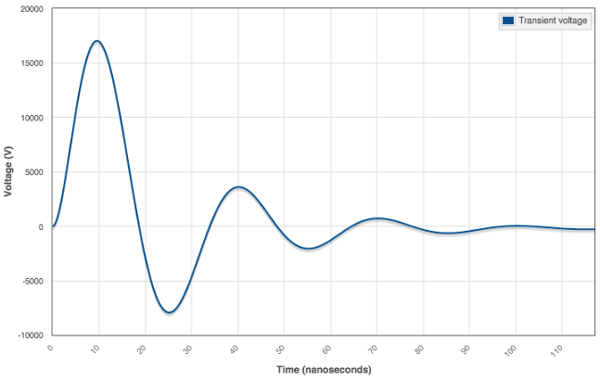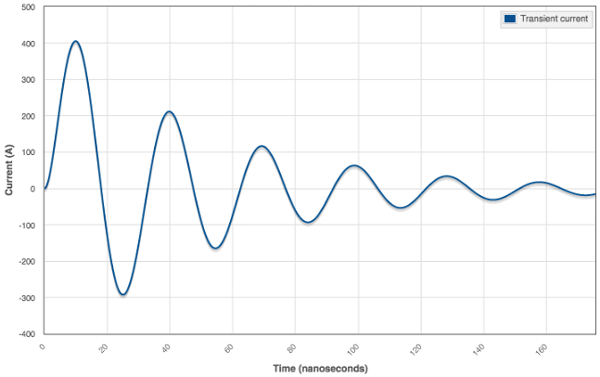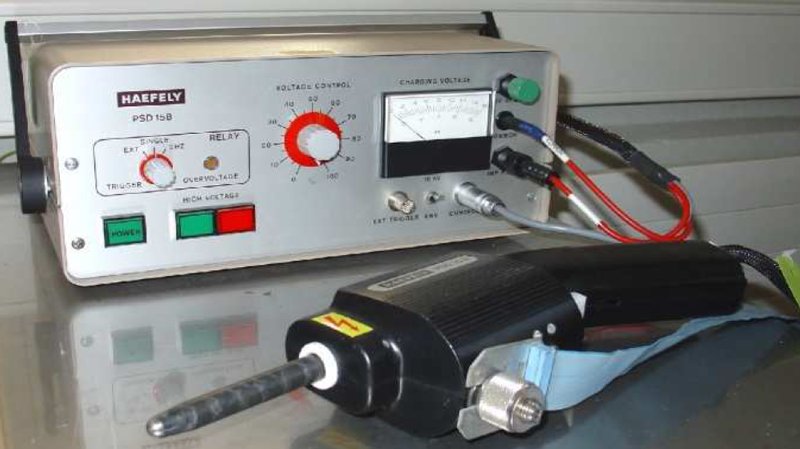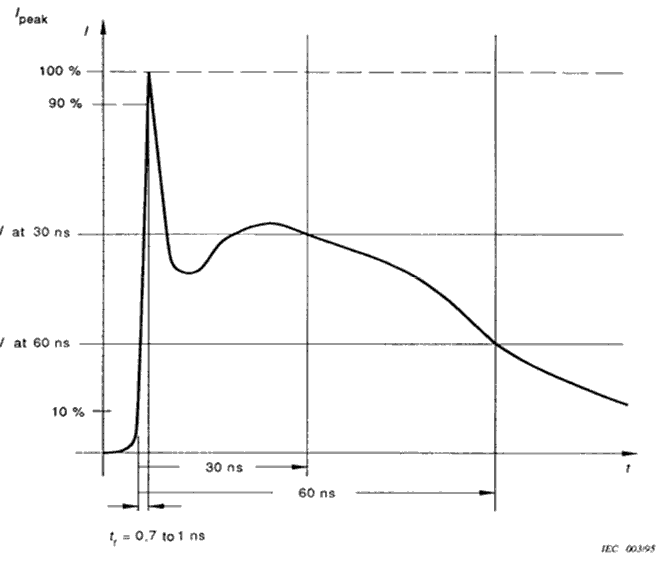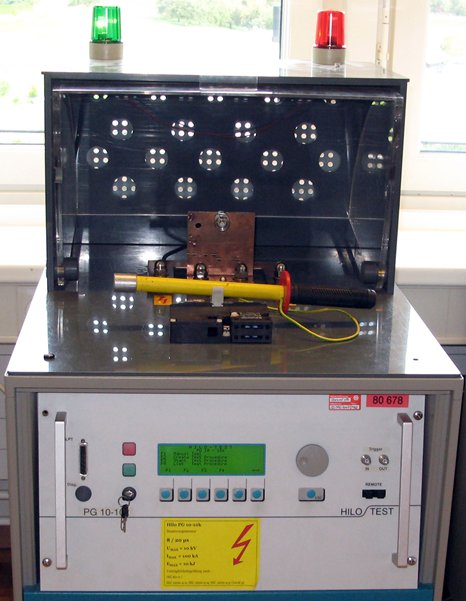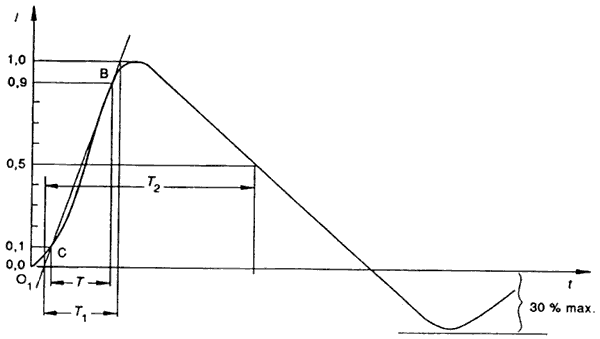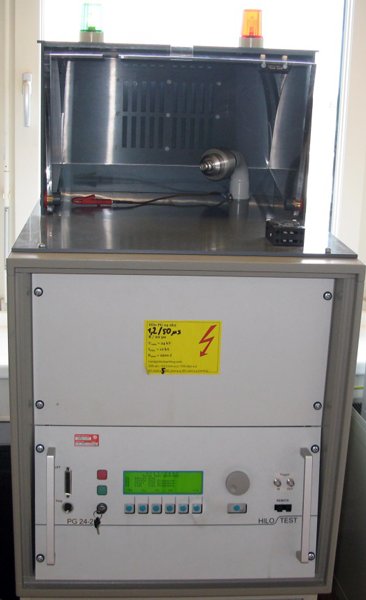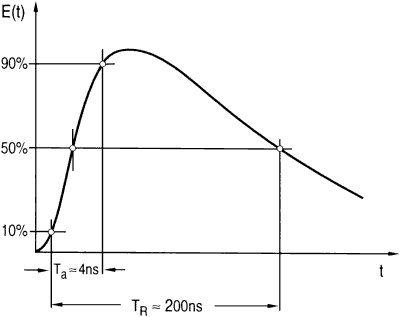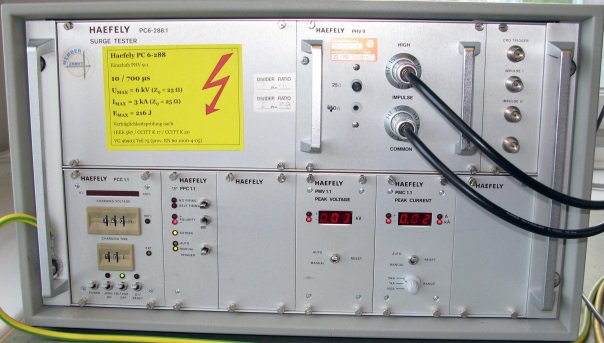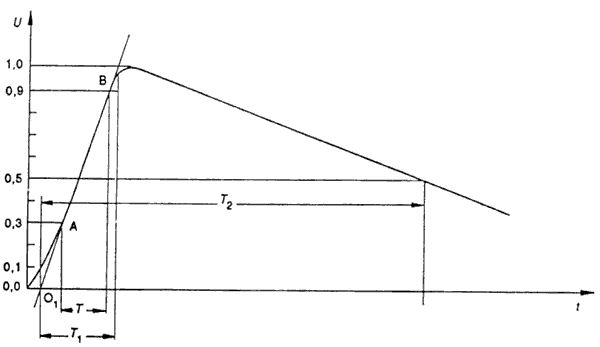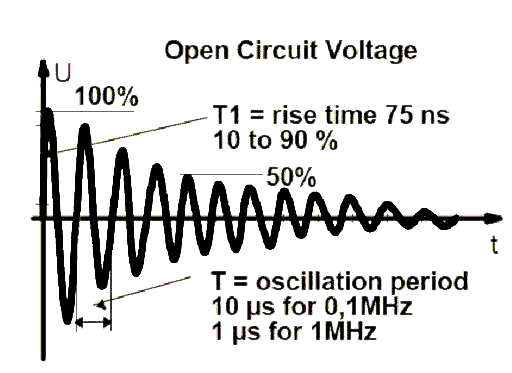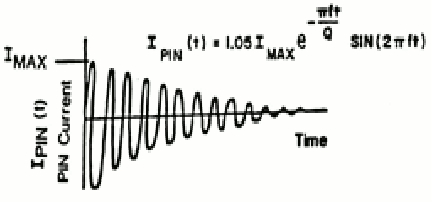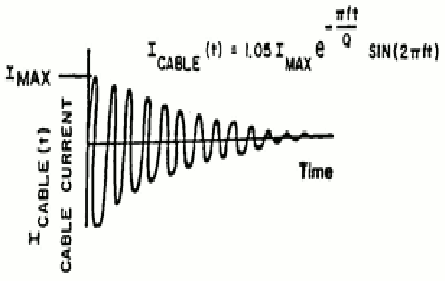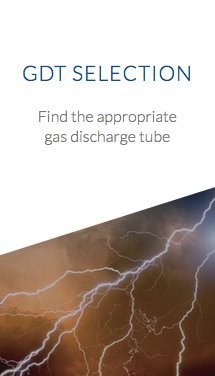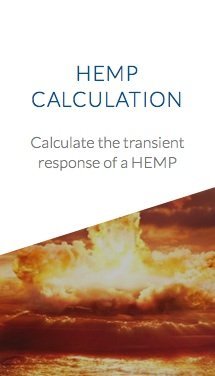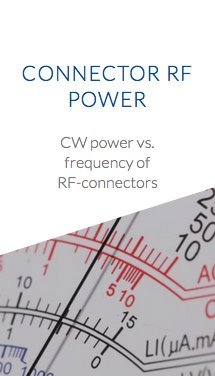Transient voltage:
Transient energy:
Note: This claculation is done with a 4:1 balun at 50 Ω impedance at antenna feed point.
Coupling of HEMP into RF-Antennas
Nuclear explosions in or above the earth's atmosphere produce an intense electromagnetic pulse (EMP) by the physical phenomenon known as “Compton effect or Compton scattering”. This electromagnetic pulse is termed as nuclear EMP or (NEMP), while a detonation caused at an altitude above 40 km creates a pulse known as high-altitude EMP. The typical High Altitude Electromagnetic Pulse is defined as a combination of three consecutive pulses (E1 early time, E2 intermediate time,
E3 late time), as shown in the graph below.
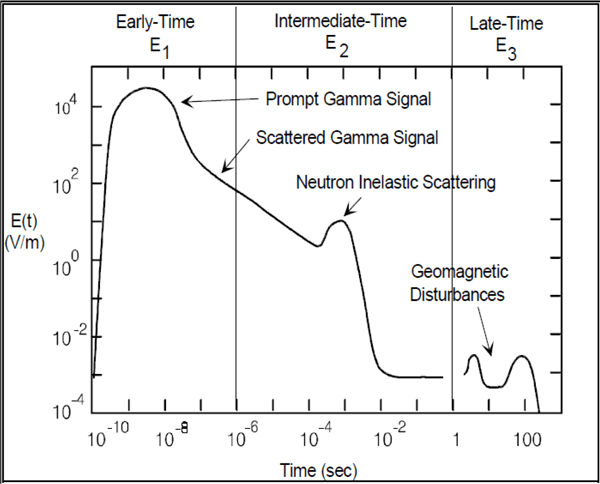
Depending on the altitude of the explosion and of the weapon design characteristics, the High Altitude Electromagnetic Pulse
is distributed over a large or very large area. For a burst height of 40km the High Altitude Electromagnetic Pulse is spread over
an area of 1.6 x 106 km2. When the burst height is 400 km, the High Altitude Electromagnetic Pulse will be spread over 15 x 106 km2 on the earth’s surface. The environmental effects of the High Altitude Electromagnetic Pulse can make entire electronic systems susceptible to upset or permanent damage. To take precautions against the electromagnetic pulse it is important to understand the coupling mechanism of the harmful pulse onto RF systems.
This tool calculates the coupled transient voltage and current into antennas (monopole or dipole) of various dimensions. It simulates the worst case scenario with five unclassified High Altitude Electromagnetic Pulse standards.
For localized systems, such as a RF- receivers or transmitters the dominating response mechanism is the early-time E1 field. The later time E2, and E3 field components become important for systems such as electrical power systems, in which conductors of several hundreds of kilometers exist and can effectively couple to these low-frequency fields. For this reason this calculation tool only deals with the E1 early-time High Altitude Electromagnetic Pulse environment.
Basic definition of the Early-Time High Altitude Electromagnetic Pulse Waveform
E(t)=E0k(e-αt-e-βt)
| Parameter | Description | Unit |
|---|---|---|
| E(t) | field intensity vs. time | V/m |
| E0 | field intensity constant | V/m |
| α | decay constant | rad/s |
| β | risetime constant | rad/s |
| t | time | s |
| k | constant |
Parameters of unclassified High Altitude Electromagnetic Pulse Standards
Baum: Dr. Carl E. Baum
ORNL: Oak Ridge National Laboratory
VG: Verteidigungsgeräte Norm
| Standard | E0 | α | β | k |
|---|---|---|---|---|
| ORNL - TM-2830 | 51.8 kV/m | 1.5 x 106 s-1 | 2.6 x 108 s-1 | 1 |
| Bell Labs (1960s) | 50 kV/m | 4 x 106 s-1 | 4.76 x 108 s-1 | 1.05 |
| Baum (1992) | 50 kV/m | 4 x 107 s-1 | 6 x 108 s-1 | 1.3 |
| IEC-77C (1993) | 50 kV/m | 4 x 107 s-1 | 6 x 108 s-1 | 1.3 |
| IEC - 61000-2-9 (1996) | 50 kV/m | 4 x 107 s-1 | 6 x 108 s-1 | 1.3 |
| MIL - STD-464 E (1997) | 50 kV/m | 4 x 107 s-1 | 6 x 108 s-1 | 1.3 |
| VG 95371-10 (1995) | 65 kV/m | 3.22 x 107 s-1 | 2.07 x 109 s-1 | 1.085 |
ORNL: Oak Ridge National Laboratory
VG: Verteidigungsgeräte Norm
Using the parameters defined by Carl Baum, by IEC or in the MIL-STD-464 leads to the equivalent double exponential transient High Altitude Electromagnetic Pulse as shown below. The frequency spectrum of this transient is also shown.
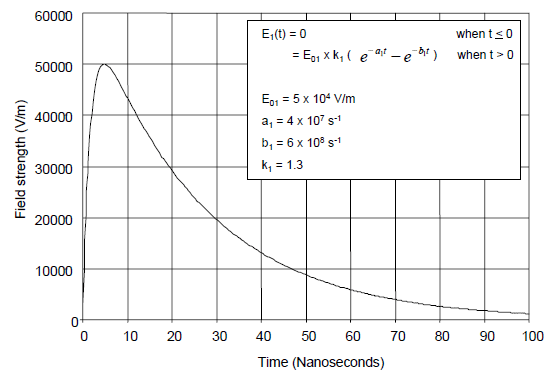
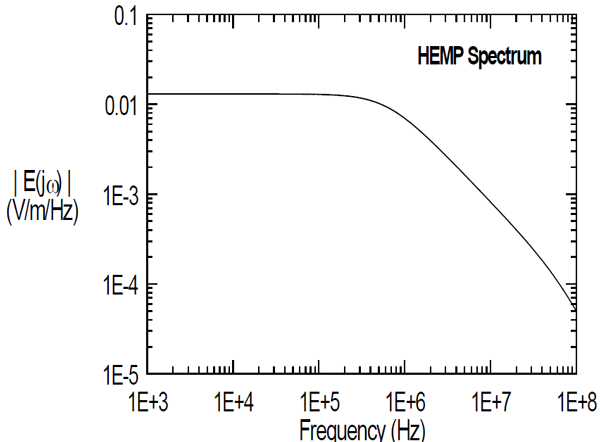
If the above transient pulse reaches the aperture of an antenna its energy will couple into the RF- system.
This program asks for the antenna lenght (l) and antenna diameter (d) in case of a monopol antenna (see picture a), and for the length (l) of one arm and the diameter (d) in case of half wave dipoles. The output will be presented as the worst case transient voltage or the short circuit current at the feed-point of the selected antenna.
This program asks for the antenna lenght (l) and antenna diameter (d) in case of a monopol antenna (see picture a), and for the length (l) of one arm and the diameter (d) in case of half wave dipoles. The output will be presented as the worst case transient voltage or the short circuit current at the feed-point of the selected antenna.
Input:
- length l (m)
- diameter d (mm)
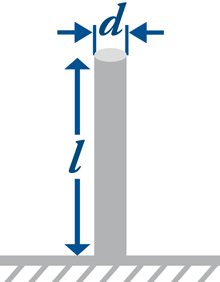
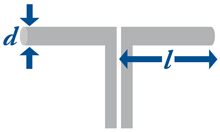

Output:
- transient voltage (V) at feedpoint
- transient energy (J)
- short circuit current (A)
